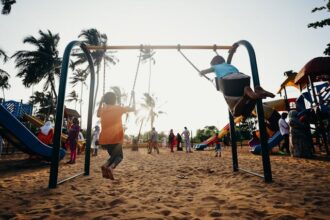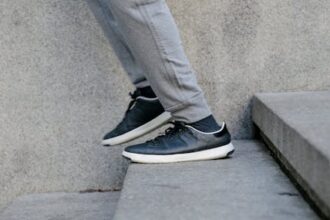Research conducted by the University of Jyväskylä and the University of Eastern Finland reveals a significant correlation between sustained physical fitness from childhood and the volume of cerebellar grey matter in adolescents. The study highlights that adolescents with superior neuromuscular fitness, greater strength, speed, and agility possessed a larger volume of Crus I grey matter during their teenage years.
The cerebellum’s role in cognitive functions and learning is well-documented, yet the relationship between physical fitness and the cerebellum’s volume during adolescence has yet to be thoroughly understood. This investigation delves into how physical fitness correlates with the grey matter volume in specific cerebellar lobules implicated in adolescents’ cognitive processes, examining differences across genders.
Findings indicate that adolescents with higher levels of neuromuscular fitness since childhood exhibit a greater volume of Crus I grey matter. Conversely, those with better cardiorespiratory fitness showed a reduction in the total volume of cerebellar grey matter. Notably, male adolescents with enhanced neuromuscular fitness from childhood were found to have a reduced volume of Crus II grey matter.
Doctoral Researcher Petri Jalanko from the Faculty of Sport and Health Sciences at the University of Jyväskylä emphasised the significance of ongoing physical activity from childhood through adolescence. Such activity leads to improved physical fitness, which may be crucial for the cerebellum’s volumes integral to cognition and learning. However, Jalanko also acknowledged the paradoxical nature of some of the observed associations.
Jalanko further commented on the necessity of future research to elucidate the connections between physical fitness and cerebellar volume. He advocated for implementing randomised controlled trials that employ direct measurements of cardiorespiratory fitness and advanced brain imaging techniques. These studies should encompass a broader demographic and analyse the sexes separately to comprehend better adolescents’ links and causality between physical fitness and cerebellar volumes.
The insights are derived from the FitBrain study, part of an 8-year follow-up examination within the Physical Activity and Nutrition in Children (PANIC) study involving 40 participants. The cohort comprised 22 females and 18 males, with an average age of 17.9 years.
Cardiorespiratory fitness assessment involved a maximal ramp test using a cycle ergometer. Muscular strength was measured through the standing long jump, speed agility via the 10 x 5 m shuttle-run test, and coordination through the Box and Block Test. Neuromuscular fitness was quantified as a composite score based on the standing long jump, Box and Block Test, and shuttle-run test z-scores. Cerebellar volumes were determined through magnetic resonance imaging. These findings have been published in the esteemed Scandinavian Journal of Medicine and Science in Sports, marking a significant contribution to the field.
More information: Petri Jalanko et al, Associations between physical fitness and cerebellar gray matter volume in adolescents, Scandinavian Journal of Medicine and Science in Sports. DOI: 10.1111/sms.14513
Journal information: Scandinavian Journal of Medicine and Science in Sports Provided by University of Eastern Finland








